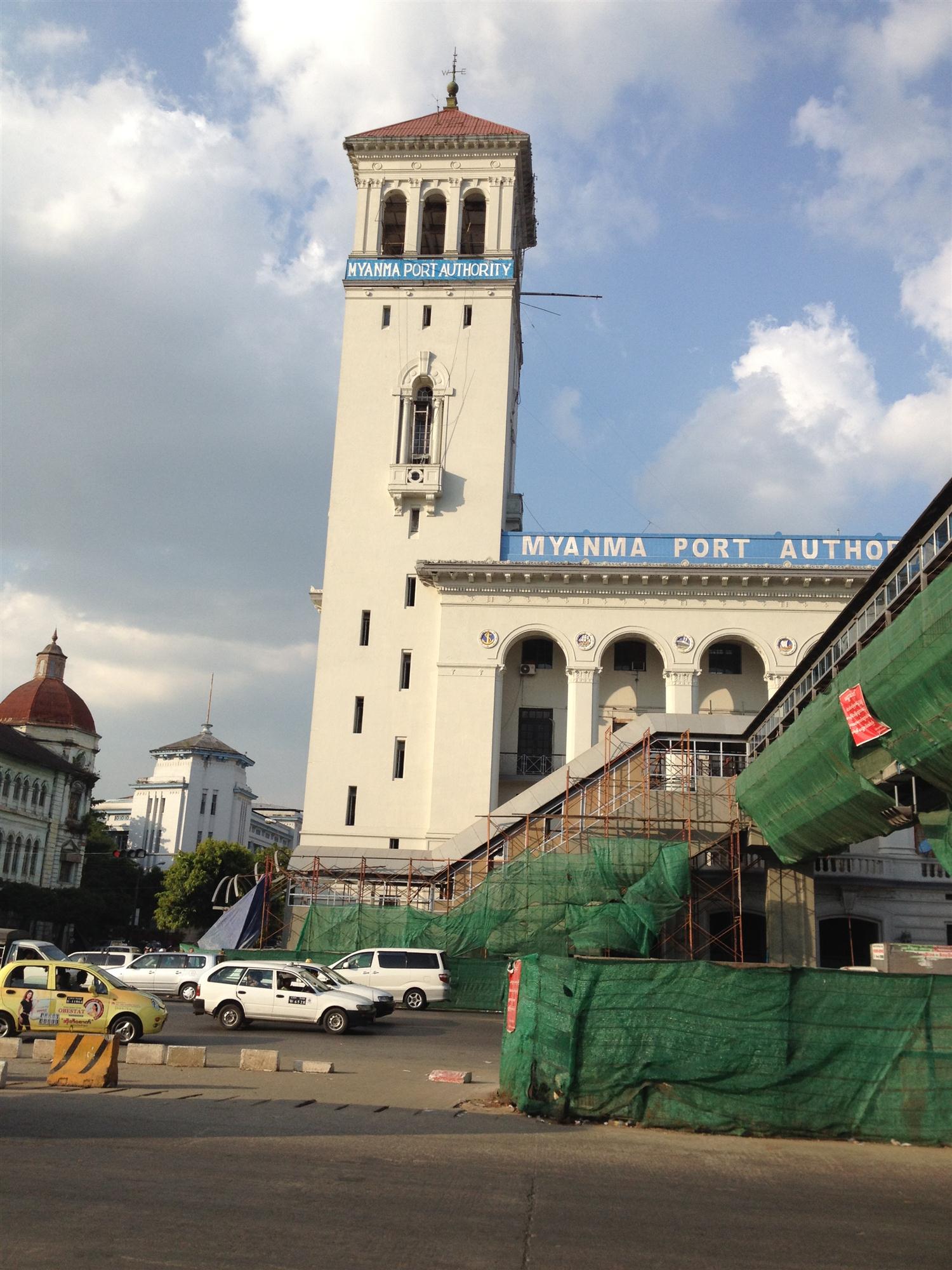Myanmar’s huge potential for ports – and some of the problems facing the country in developing those ports – was outlined by speakers at the 15th ASEAN Ports and Shipping Conference in Yangon.
What happens in Myanmar matters both in and outside of the country. Not only is the country’s own potential waiting to be tapped – it is the last Southeast Asian market still to gear up – but its strategic location offers investors so much bang for their buck.
 Myanmar is a country with a long coastal line – close to 2,000 kilometres – spreading from Bangladesh to Thailand, but with only nine ports, including a number of facilities lumped together in Yangon, the capital region. Myanmar’s ports currently move just over 1 million TEUs, although the expectation is that by 2021, that number could be 3 million TEUs.
Myanmar is a country with a long coastal line – close to 2,000 kilometres – spreading from Bangladesh to Thailand, but with only nine ports, including a number of facilities lumped together in Yangon, the capital region. Myanmar’s ports currently move just over 1 million TEUs, although the expectation is that by 2021, that number could be 3 million TEUs.
Myanmar also offers significant potential for linkages with the rest of the region, as it is a key (and, until now, underutilized) flank in a number of the economic corridors being established across what is usually called Upper Southeast Asia.
“We are the western flank of that region, especially of the Greater Mekong Subregion (GMS) area,” Myo Nyein Aye, deputy general manager of the Myanma Port Authority, told the conference. This is just the beginning for Myanmar, as beyond being part of the GMS, the country is part of ASEAN and APEC, and part of the Bangladesh-China-India-Myanmar Forum for Regional Cooperation (BCIM).
“We can say that there are big markets around,” said Myo.
The trouble is reaching those markets. Not only is Myanmar’s domestic infrastructure best described as threadbare after decades of isolationism and economic stagnation, but there are no substantial links to neighbouring countries. “Among the most strategically located countries in the world, Myanmar is integrated only to a limited extent,” said Dieter Billen, principal with Roland Berger Strategy Consultants in Myanmar.
Billen gave one instructive example: the only proper road infrastructure in the country to date is the highway linking Yangon and Mandalay – and even then, there are problems. This one axis, while important, fails to go further north to China, nor does it connect across to Thailand.
Helping Myanmar reach its potential involves dealing with a long list of issues such as funding and political concerns. To this, Myo added one of his own; at the moment, Myanmar does not export much, which is something he believes port officials should concern themselves with.
There is no lack of government support to develop the port sector, or for overseas investors. “Please come and cooperate, coordinate and collaborate,” was what Myo said – and it’s very much government policy.
This is more than just words. All ports in Myanmar were government-run ports until 1996. Many terminals are now privately owned, Myo said, quoting MPA statistics showing 93.6% of terminals were some kind of public-private partnership.
PPPs are generally acknowledged to be the way forward, as the Myanmar government has a lot of competing priorities to cover, although they are not the only way forward, said Jo Daniels, a partner at international law firm Baker McKenzie in Yangon.
The Port Authority can allow up to 100% investment by local or foreign investors to operate ports via leasing or joint ventures, can privatize ports or use PPPs, she told the conference. “Port activities are not on the prohibited list nor are they on the list requiring joint ventures,” Daniels said.
Some activities in the sector do require Port Authority and Transport Ministry approval, including dry ports, constructing port-related infrastructure, inland river ports and deepsea ports.
There is not just one PPP mechanism, but many different options to structure them. Daniels said, including equity, export credit agencies such as exim banks, and bonds. Use of this last category is rare, but does happen in green projects or greenfield sites. There is also a role for international financial institutions to provide sovereign risk shortfall, she added.
Government-to-government initiatives, such as China’s Belt and Road Initiative, are also a source of funding – sometimes large amounts of funding, although sometimes at an undesirable political cost.
Myanmar does face some clouds on its otherwise-brightened political horizons. It is a country where the government is prone to disorganization as the country transitions from military rule to democracy, led by a former activist party known as the National League for Democracy.
The likely bumps in that process are paralleled by weaknesses in the security situation. There has been communal violence in the northwestern state of Rakhine, intercommunal tensions and fighting in Shan, Kachin and Mon states.
Rakhine, home to Sittwe port, is “one to watch,” said Ed Ratcliffe, the Myanmar director of Vriens & Partners, an international risk consultancy. Ratcliffe also noted that the government’s willingness to listen to civil groups protesting major infrastructure projects could spell trouble for developing port infrastructure.
By Michael Mackey
Southeast Asia Correspondent | Yangon